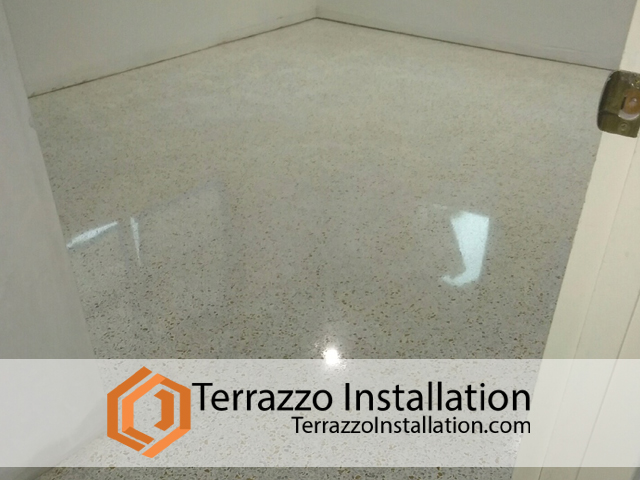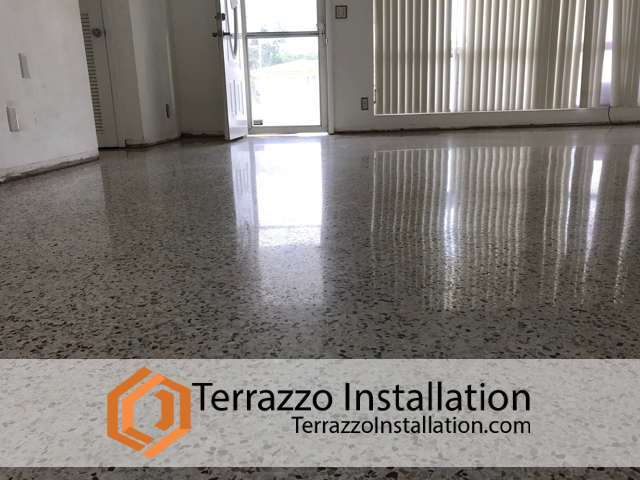Why Restore Terrazzo Floors?
Terrazzo is a popular flooring option that has been used for centuries. This type of flooring is made from a combination of marble, granite, quartz, or other suitable chips, and is held together with cement or epoxy. Terrazzo floors are known for their durability, versatility, and easy maintenance. However, over time, terrazzo floors may become damaged or stained, requiring restoration or repair. In this article, we will discuss how to restore terrazzo floors and how to use a terrazzo floor patch.
Why Restore Terrazzo Floors?
Terrazzo floors can last for decades with proper care, but over time, they may become stained, scratched, or damaged. When this happens, restoring the floor can bring it back to its original beauty. Additionally, restoring a terrazzo floor can increase its durability and longevity, making it a worthwhile investment. Terrazzo floor restoration can be done by professionals, but if you’re handy with DIY projects, you may be able to restore the floor yourself.
How to Restore Terrazzo Floors Yourself
If you’re considering restoring your terrazzo floor yourself, there are a few things you’ll need to know.
Assess the Floor
Before you begin restoring your terrazzo floor, you’ll need to assess the damage. Check for cracks, chips, or other damage that may need to be repaired. Also, determine whether the floor needs to be deep cleaned or polished.
Clean the Floor
Once you’ve assessed the floor, the next step is to clean it. Use a pH-neutral cleaner and a soft-bristled brush or mop to clean the floor thoroughly. Avoid using harsh chemicals or abrasive cleaning tools, as these can damage the surface of the floor.

Repair Damage
If your terrazzo floor has cracks or chips, you’ll need to repair these before you can proceed with restoration. You can use a terrazzo floor patch to fill in the cracks or chips. Terrazzo floor patches are available in a range of colors, so you should be able to find one that matches your floor. Follow the manufacturer’s instructions for mixing and applying the patch.
Grind the Floor
After repairing any damage, the next step is to grind the floor. You can rent a floor grinder from a home improvement store, or you can hire a professional to do this for you. The goal is to remove the top layer of the floor, exposing the aggregate underneath.
Polish the Floor
After grinding the floor, the next step is to polish it. You’ll need a floor buffer and polishing floor pads for this step. Begin with a coarse pad and work your way up to a finer pad, until the desired level of shine is achieved.

Using a Terrazzo Floor Patch
A terrazzo floor patch can be used to repair small cracks or chips in a terrazzo floor. Here’s how to use one:
1.Clean the Area
Clean the area around the crack or chip with a pH-neutral cleaner and a soft-bristled brush or mop. Rinse the area thoroughly with water and allow it to dry.
2.Mix the Patch
Follow the manufacturer’s instructions for mixing the terrazzo floor patch. Mix only enough patch to fill the crack or chip.
3.Apply the Patch
Using a putty knife, apply the patch to the crack or chip, filling it completely. Smooth the surface of the patch with the putty knife.
4.Allow the Patch to Dry
Allow the patch to dry completely. This can take several hours or overnight, depending on the size of the patch.
5.Sand and Polish
Once the patch is dry, use a fine-grit sandpaper to smooth the surface of the patch. Then, polish the area with a floor buffer and polishing pads until the patch blends in with the surrounding floor.

